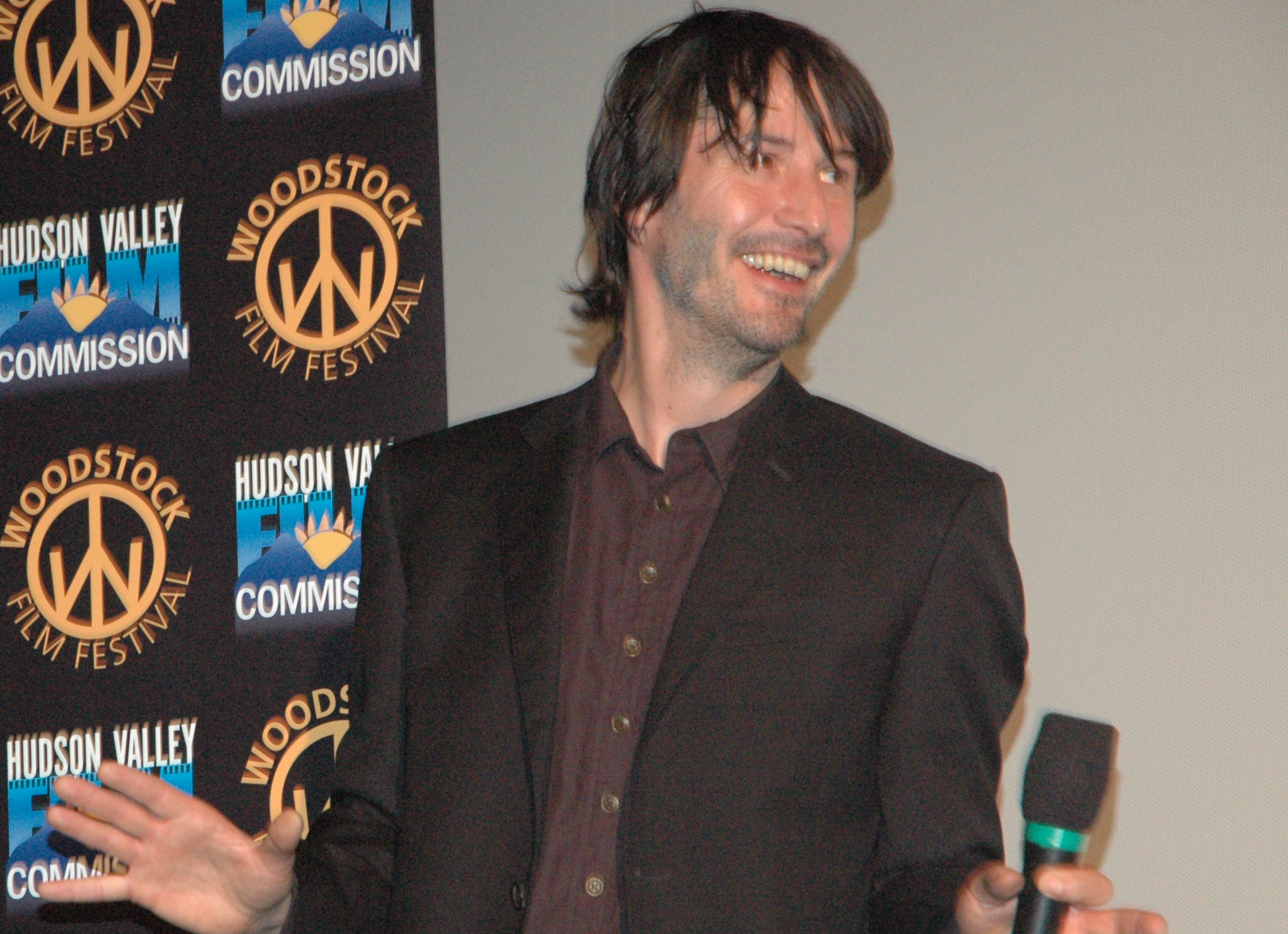

Thanks to the 11th annual Woodstock Film Festival, rain wasn’t the only thing flooding the streets of Woodstock this past weekend.
Before the festival debuted its final film for the year on Sunday, Oct. 3, hundreds of film lovers and industry professionals swarmed the small town to take part in a celebration of independent film and the people that make it.
“The town was packed and the vibe was really good,” said Meira Blaustein, co-founder and executive director of the festival. “The films were wonderful and the audiences loved them. The filmmakers were very happy, the panels were fantastic and the weather even smiled upon us toward the last few days of the festival.”
With visiting filmmakers from across the globe and the highest number of film premieres since its inception, Blaustein said the festival was a complete success.
“We’ve been getting a lot of great e-mails and phone calls,” she said. “Some filmmakers, before they left the festival on Monday, stopped by the office to give the crew and myself little presents, which was really sweet.”
With the purchase of tickets this year, customers of the festival were also offered the option of donating toward a capital campaign to purchase a building in the center of Woodstock. This building, she said, would act as a central hub for filmmakers working throughout the Hudson Valley region.
If the funds needed are raised, Blaustein said this building would host auditions, casting calls, screenings, workshops, panels and other new media related activities.
The goal of the campaign is to reach $600,000 to help pay down a mortgage and begin renovations to the building, which was once a Heckeroth Plumbing and Heating facility. Blaustein said donations are still needed to fulfill that original goal.
“The capital campaign is going, but there is a long way to go still,” she said. “It’s a process and we’re definitely in it.”
With screenings and events for the festival also taking place in the neighboring towns of Rhinebeck, Rosendale, Mt. Tremper and Kingston, Blaustein said the staff and over 100 volunteers had to work extra hard to keep everything running smooth.
With plans for next year’s event already in development, Blaustein said the Woodstock Film Festival remains in its “never-ending circle.”
“I think we’re all pretty exhausted from the very grueling process that was getting ready for the festival,” Blaustein said. “But we’re also all very energized and looking forward to what we hope is going to be an even bigger and better festival in 2011.”
STONE
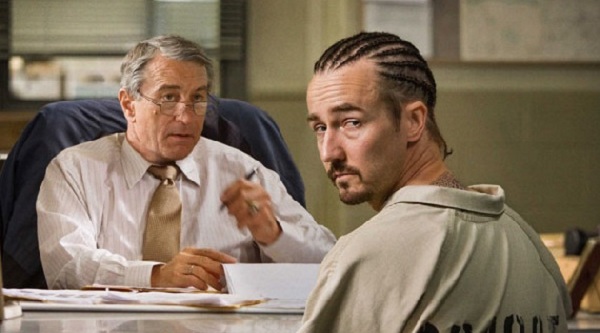
When Gerald “Stone” Creeson (Edward Norton), a convicted arsonist, sat down across from Jack Mabry (Robert De Niro), an aging corrections officer only a few weeks shy of his retirement, neither character realized that their lives – although from two different spectrums of existence – would intertwine.
“Stone,” which centers on the conflict between these two characters, was directed by John Curran and had its New York premiere at the Woodstock Film Festival on Sunday, Oct. 3, as the closing night film.
Curran, who previously directed Norton in “The Painted Veil,” said from the moment he read the script for “Stone,” he was captivated.
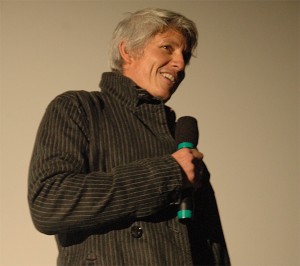
“Initially, I was just blown away by the strip-back power of [the script]. It was really reductive and simple but it was also so horrible in the beginning,” Curran said. “It really threw my read of it to the point where, half way through, I knew I wanted to make it because I was so taken.”
The film’s introduction unveils De Niro’s character as a young man who responds to his wife’s threat to leave him by holding their daughter out a second-story window. As he begs his wife not to let him drop their child, the sound of a bee is magnified, dulling out any dialogue.
With sounds playing a key role in the film, Curran said he received a helping hand from members of the band Radiohead, who are close friends with Norton.
“Essentially, they said ‘We’re not available, but we love what you’re doing with the soundscape and here’s a bunch of our stuff that we could never use in any of our albums,’” Curran said. “It was such a treasure trove for me to get in my inbox tons of stuff that these guys thought was their scraps.”
Growing up in a very religious household, Curran said he included religion as a major theme in the film because he, like the characters, has his own questions about life.
Although Curran said “Stone” does not follow a conventional ending, he said the lack of a solid conclusion mirrors the absence of hard answers that come with religion.
“From the beginning, it was always going to be a film that posed more questions than it did answers,” Curan said. “I think the point is it doesn’t have a point…What it eventually becomes is two guys in a room talking about God.”
HENRY’S CRIME
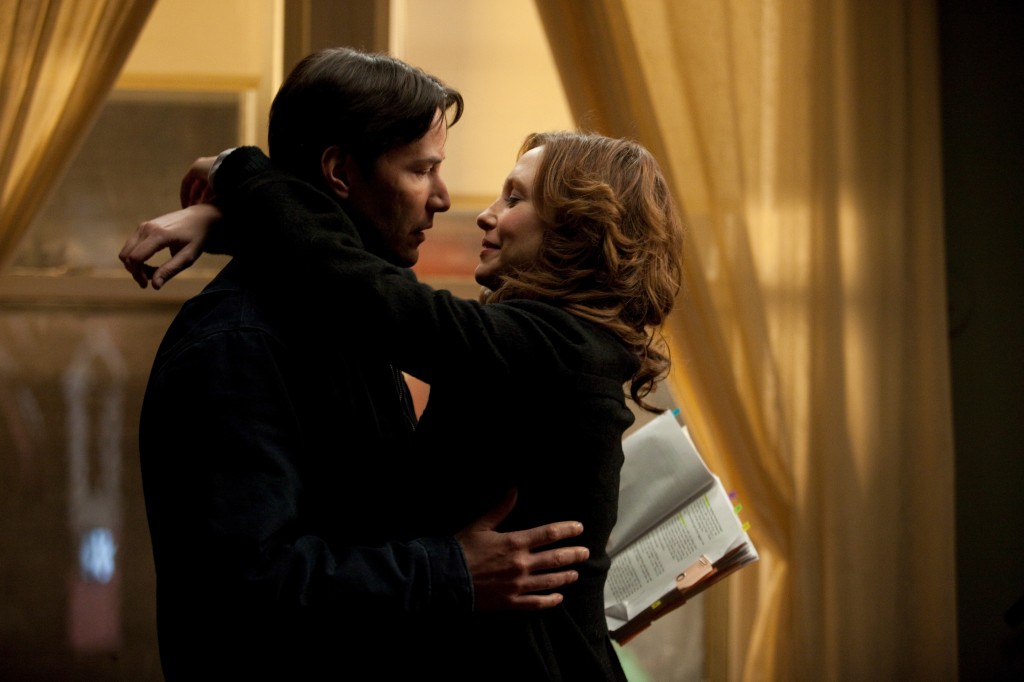
After being tricked into acting as an accomplice in a bank heist, a tollbooth operator named Henry (Keanu Reeves) is set free from his loveless marriage when he is sentenced to a stay in prison.
“Henry’s Crime,” which chronicles Henry’s life-altering journey after being released from prison, had its U.S. premiere at the Woodstock Film Festival on Saturday, Oct. 2. Reeves also produced the film.
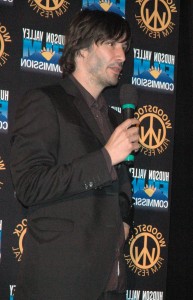
Working with producing partner Stephen Hamel, Reeves said he became interested in making “Henry’s Crime” even during the process of developing the script.
“[The film] resonated to life and to the relationships we have with our friends and family and the exchanges that happen between us,” Reeves said.
Later in the film, Henry meets a character named Julie (Vera Farmiga), who inspires him to take part in a production of Chekhov’s “The Cherry Orchard.” Reeves said it was the first time he ever attempted the material.
“I had done some Shakespeare, but I had never had any Chekhov,” he said. “It’s so much fun… It was also odd because I don’t know if I would have done that performance, but that was Henry’s version.”
When Henry realizes the familiar bank from his past is connected to the theatre via an old underground tunnel, he plans to do the crime he already did the time for.
Reeves said the film was always meant to be a comedy, but there are also some deeper themes surrounding the plot.
“[Each character] has their own tollbooth,” he said. “Through the course of this film, in an odd way, they all kind of activate each other.”
INHALE
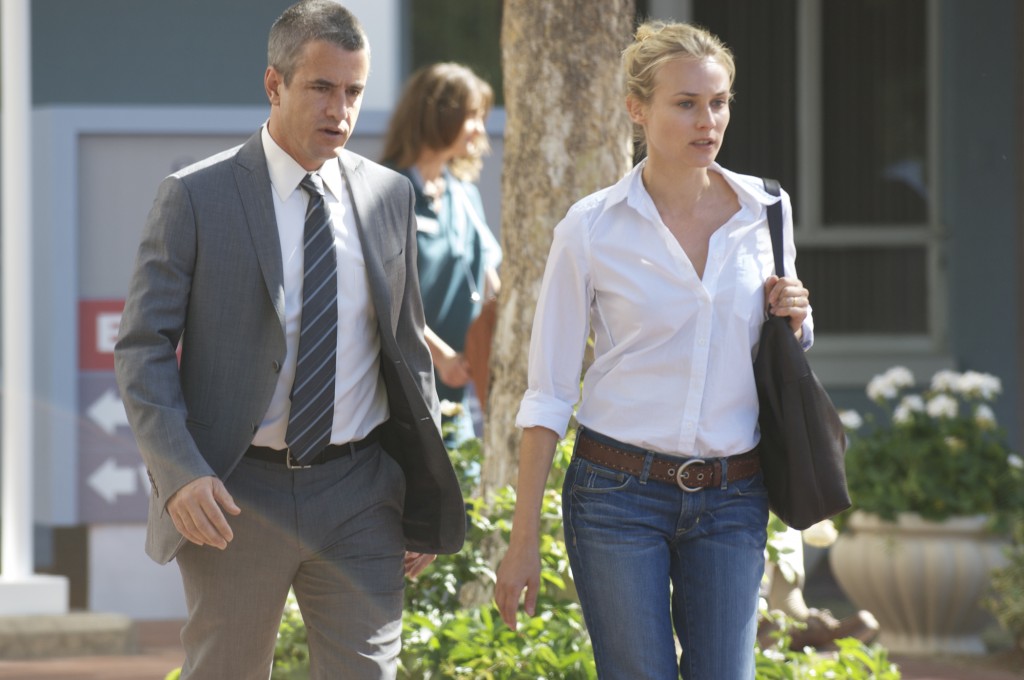
With his daughter on the verge of death and in need of a new lung, prosecutor Paul Stanton (Dermot Mulroney) journeys deep into the heart of Mexico in a quest to locate a doctor who may have the solution to all of his problems.
For Director Baltasar Kormákur, “Inhale” – which had its North American premiere on Friday, Oct. 1, at the Woodstock Film Festival – was a way to push the limits on how far an individual is willing to go to save his or her family, and to question the very fabric of morality.
“I made the film to take the question to its limit,” Kormákur said. “The question isn’t are you going to save your child. It actually becomes – can you kill another person? What would you do in the most extreme circumstances?”
Kormákur said the original location he had intended to shoot the film was Juárez, Mexico. When doing research for “Inhale,” he learned that hundreds of women had been killed there. Some of the corpses, he said, were found without organs.
Kormákur said he was unable to get insurance to film in Juárez. Instead, the cast and crew shot in New Mexico.
“I fought a lot, but in the end, I think we managed to get pretty close to the original place,” he said. “I have to say, though, I’m not a very scared person, but I was scared [in Juárez]. I have never felt so uncomfortable in my life.”
While filming “Inhale,” Kormákur said more than 10 policemen were killed in Juárez in a war with drug cartels.
In “Inhale,” Stanton must come face-to-face with this violence and Kormákur said the film acts as an allegory on the short attention span Western Culture has on these issues.
“We know what’s gong on down there,” he said. “We just turn a blind eye on it.”
THE DISAPPEARANCE OF MCKINLEY NOLAN
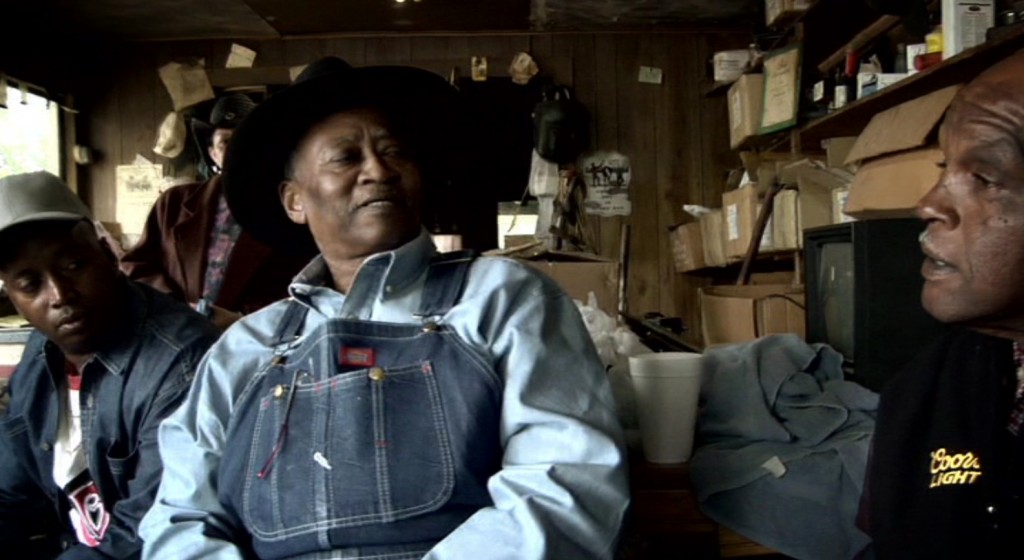
The last time anyone saw American soldier McKinley Nolan was at the height of the Vietnam War – that was until retired U.S. Army Lt. Dan Smith said he encountered him on a trip revisiting the country where he spent his youth.
“The Disappearance of McKinley Nolan,” which had its New York premiere at the Woodstock Film Festival on Friday, Oct. 1, follows Nolan’s family as they continue their lifelong search to discover if Smith really did interact with their long lost relative.
“For [Smith], it was an incredibly painful experience,” said Richard Linnet, a journalist who has been following the case for over 12 years. “When he went to war he was troubled too. He went and wanted to be a hero and he found hell. When he went back and found out about [Nolan], he totally related to that story.”
Since Nolan is listed as one of two deserters of the Vietnam War, Linnet said Smith originally wanted to bring the unknown man he saw back for justice. However, once the filmmakers introduced Smith to Nolan’s family, Linnet said Smith decided to help instead.
Along with a crew of filmmakers, Linnet, Smith and Nolan’s brother traveled from Texas all the way to the former battlegrounds of Vietnam to investigate Smith’s findings.
While in Vietnam, the team spoke to both friends and enemies of Nolan from wartime. Linnet said the military made the search difficult because of Nolan’s status.
“They would tell us, ‘you’re not going out there,” he said. “It’s a very delicate situation because JPAC (the Joint MIA/POW Accounting Command) is beholden to families of the missing and they only want to help the families of heros. [Nolan’s] not a hero in their eyes.”
Despite the difficulties that came with their search, Linnet said the film’s final discovery affected everyone involved.
